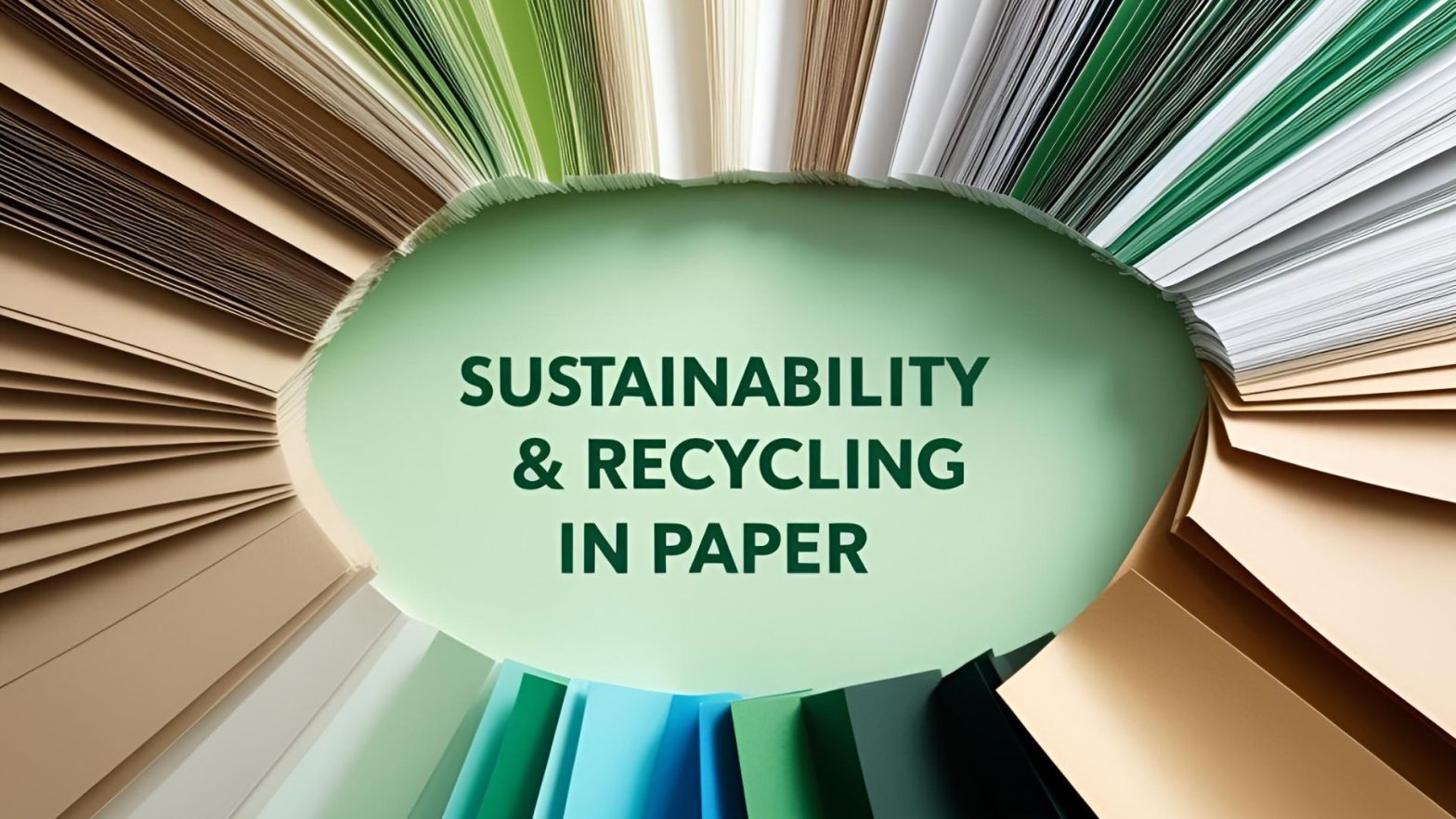Future-Proofing Your Facility: Eco-Friendly Signage That Meets Compliance
More warehouses are going green—but signage often gets overlooked. While facilities invest in energy-efficient lighting and recyclable packaging, their signs remain PVC-heavy, outdated, and non-compliant with today’s environmental and safety standards. If your operation is working toward sustainability certifications or simply trying to reduce its materials footprint, your signage strategy is a smart place to start.
Sustainable warehouse signage isn’t just about optics. From OSHA-mandated hazard labels to directional floor decals, signs are critical to compliance, workflow, and safety. But traditional substrates—like PVC foam board, polystyrene, and solvent-inked vinyl—contribute to landfill waste and chemical emissions during production. Fortunately, manufacturers are now offering alternatives that perform just as well without the environmental cost.
Material Matters: Recyclable & Low-VOC Sign Substrates
If you’re sourcing materials for long-lasting signage in industrial settings, consider switching to polypropylene (PP) sheets or high-density polyethylene (HDPE) panels. Both options are lightweight, moisture-resistant, and fully recyclable—ideal for indoor and semi-outdoor applications in warehouses. For high-visibility floor signs or pallet labels, PETG film offers excellent clarity and printability while meeting stringent safety specs.
Paper-based signage is also making a comeback—especially in LEED-certified or temporary logistics setups. Kraft-based rigid boards and laminated corrugated fiberboard (with water-based coatings) are gaining popularity for temporary signage during builds or seasonal storage expansions.
Low-VOC and UV-curable inks are another cornerstone of eco-friendly sign production. Inks with volatile organic compound (VOC) levels below EPA thresholds help reduce exposure risks and improve air quality inside enclosed facilities—especially critical in operations running three shifts.
Compliance Is Key: Don’t Trade Safety for Sustainability
Switching to greener substrates doesn’t exempt you from ANSI or OSHA visibility and durability requirements. Eco-conscious doesn’t mean less legible or less resilient. In fact, many of the latest sign boards are engineered for UV resistance, chemical splash durability, and anti-slip textures—perfect for hazard warnings, forklift zones, or restricted areas.
Ensure any signage switch includes proper labeling for flammability, abrasion resistance, and load tolerance. If you’re printing your own signs in-house, verify your substrates meet ANSI Z535 standards and can withstand typical warehouse conditions: temperature swings, forklift traffic, and high humidity.
Future Trends: Modular and Reusable Sign Systems
Some distribution centers are moving toward modular sign systems—magnet-backed, Velcro-mounted, or sliding-track signage that can be swapped as layouts shift. These systems reduce material waste and lower reprinting costs, especially in dynamic environments like 3PL warehouses or cross-docks.
Warehouses targeting ESG goals or ISO 14001 certifications are also tracking signage lifecycle metrics—evaluating not just the cost per sign, but emissions per sign, disposal impact, and vendor sustainability practices.
The Bottom Line
Eco-friendly signage is no longer a fringe initiative—it’s a compliance-smart, cost-conscious upgrade for modern warehouses. By replacing traditional PVC signs with recyclable substrates, using low-VOC inks, and investing in reusable systems, facilities can support both safety and sustainability. It’s not just about being greener—it’s about being smarter with the materials that guide your workforce every shift.


